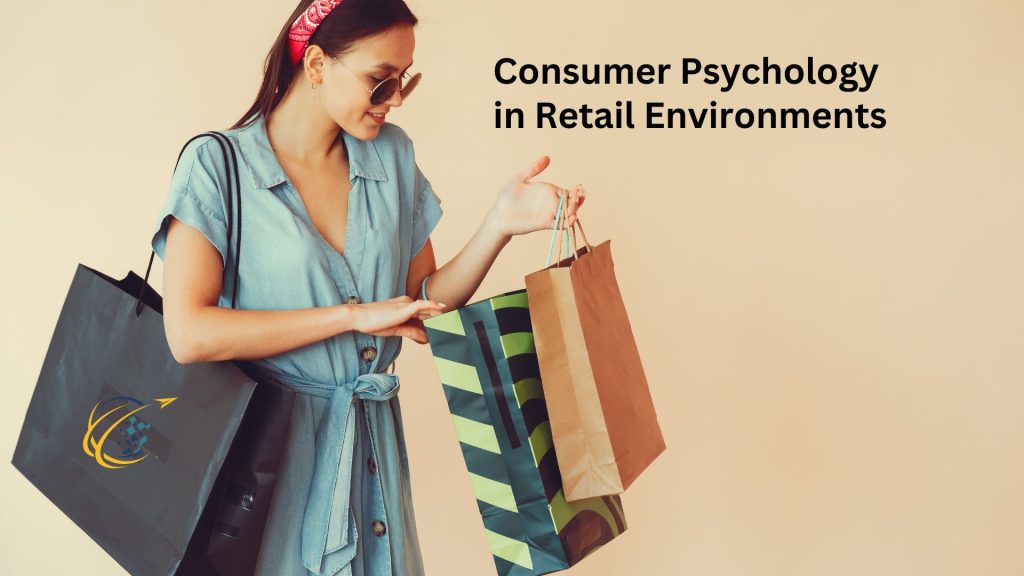
The Influence of Store Layout on Consumer Behavior
Store layout plays a significant role in shaping consumer behavior. The way products are placed and how a store is designed can directly impact buying decisions. Strategic product placement, like putting high-demand items in the back, encourages customers to walk through more of the store, increasing the chances of additional purchases. Thoughtfully designed spaces guide shoppers and subtly influence their choices as they move through the store.
The psychology behind the flow of a retail space is a key element of consumer psychology in retail environments. A well-planned layout directs customer traffic naturally, ensuring they see a wide range of products. Retailers often place impulse-buy items near the checkout area to encourage last-minute additions to the cart. Smooth transitions between sections keep customers engaged, while clearly defined paths help them navigate without feeling overwhelmed. These elements all contribute to a more satisfying shopping experience, leading to increased sales.
Color Psychology and Its Effect on Shopping Decisions
Color plays a powerful role in shaping consumer emotions and influencing purchasing decisions. Different colors evoke specific feelings, which retailers use to their advantage. For example, red can create a sense of urgency and is often used in sales promotions. Blue, on the other hand, conveys trust and calm, making it popular in stores that want to build customer loyalty. The choice of color in a store’s design or branding can impact how customers feel and react while shopping.
Using the right color schemes is essential to enhancing the shopping experience. Bright, vibrant colors can create excitement and draw attention to specific products, while softer, neutral tones promote a relaxed atmosphere. Retailers often mix warm and cool colors to create balance and maintain engagement throughout the store. Understanding how color affects mood is a key element of consumer psychology in retail environments. By carefully choosing color schemes, you can guide customers through a more pleasant and productive shopping experience, leading to increased sales and satisfaction.
The Role of Sensory Marketing in Retail
Sensory marketing plays a key role in shaping consumer behavior by engaging multiple senses. Sound, scent, and lighting can influence customer moods and create a memorable shopping experience. For instance, playing upbeat music encourages faster movement through the store, while softer tunes promote browsing. The right scent, such as a pleasant fragrance in a clothing store, can evoke positive emotions and increase the time customers spend in a space. Lighting also affects mood; warm, soft lighting creates a welcoming atmosphere, while brighter lighting enhances focus on products.
These sensory elements work together to increase customer engagement. When consumers feel relaxed or excited due to their surroundings, they are more likely to explore and make purchases. Retailers use these subtle cues to craft environments that draw people in, keeping them in the store longer and improving overall satisfaction. Understanding the role of sensory marketing is vital to mastering consumer psychology in retail environments. By leveraging sound, scent, and lighting effectively, you can create a more immersive and engaging shopping experience that drives customer loyalty.
The Psychology of Pricing: Perception and Decision-Making
Pricing strategies heavily influence consumer decision-making, as shoppers often respond emotionally rather than logically to prices. Techniques like discounts, bundles, and “charm pricing” (prices ending in .99) are used to create a sense of value. Discounts, for example, tap into the desire for savings, making customers feel like they are getting a deal. Bundling products together at a lower price than buying them separately gives the impression of added value. Charm pricing, where an item is priced at $9.99 instead of $10, makes the price seem significantly lower, even though the difference is minimal.
Perceived value plays a crucial role in purchasing decisions. When consumers believe they are getting more for their money, they are more likely to make a purchase. This perception can be influenced by the context in which prices are presented, such as comparing a sale price to a higher original price. Understanding these pricing techniques is a key aspect of consumer psychology in retail environments. By crafting pricing strategies that appeal to customer emotions and perceptions of value, retailers can increase sales and customer satisfaction.
The Power of Social Proof and Scarcity
Social proof and scarcity are powerful psychological tools in retail environments. Customer reviews, testimonials, and social media endorsements give potential buyers confidence in their purchasing decisions. When consumers see others positively engaging with a product, they are more likely to trust the brand and make a purchase themselves. This effect is particularly strong in today’s digital age, where reviews and testimonials are easily accessible and often play a significant role in buying decisions.
Scarcity and urgency are equally impactful in driving consumer behavior. Limited-time offers or low stock alerts create a sense of urgency, pushing consumers to act quickly. When a product is perceived as scarce, it becomes more desirable, triggering the fear of missing out. This combination of social proof and scarcity taps into key aspects of consumer psychology in retail environments, increasing the likelihood of spontaneous purchases. By leveraging these strategies, retailers can create a sense of demand that motivates customers to buy now rather than later.
The Importance of Personalization in Retail Experiences
Personalization is key to enhancing consumer satisfaction in retail. When customers receive tailored recommendations based on their preferences, they feel valued and understood. Personalized marketing, such as targeted emails or product suggestions, helps build a stronger connection between the brand and the shopper. This customized approach increases the likelihood of a purchase, as customers are more likely to engage with products that match their needs.
Data and customer insights play a significant role in crafting these personalized experiences. Retailers gather data from purchase history, browsing behavior, and customer feedback to create tailored offers. By analyzing this information, businesses can anticipate customer preferences and deliver relevant recommendations. Personalization taps into consumer psychology in retail environments, creating a sense of connection that leads to higher satisfaction and loyalty. When done effectively, it transforms the shopping experience into one that feels unique and relevant to each individual customer.
Conclusion
Understanding consumer psychology in retail environments is essential for driving customer satisfaction and increasing sales. By utilizing strategies such as personalized marketing, social proof, and well-planned store layouts, you can influence shopper behavior effectively. Aligning pricing techniques and sensory elements with customer expectations further enhances the retail experience. As you apply these principles, you create an environment that not only engages customers but also encourages loyalty. With thoughtful consideration of consumer psychology, your business can continue to grow and thrive.

